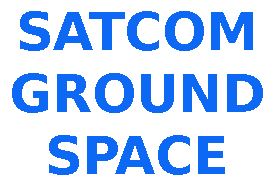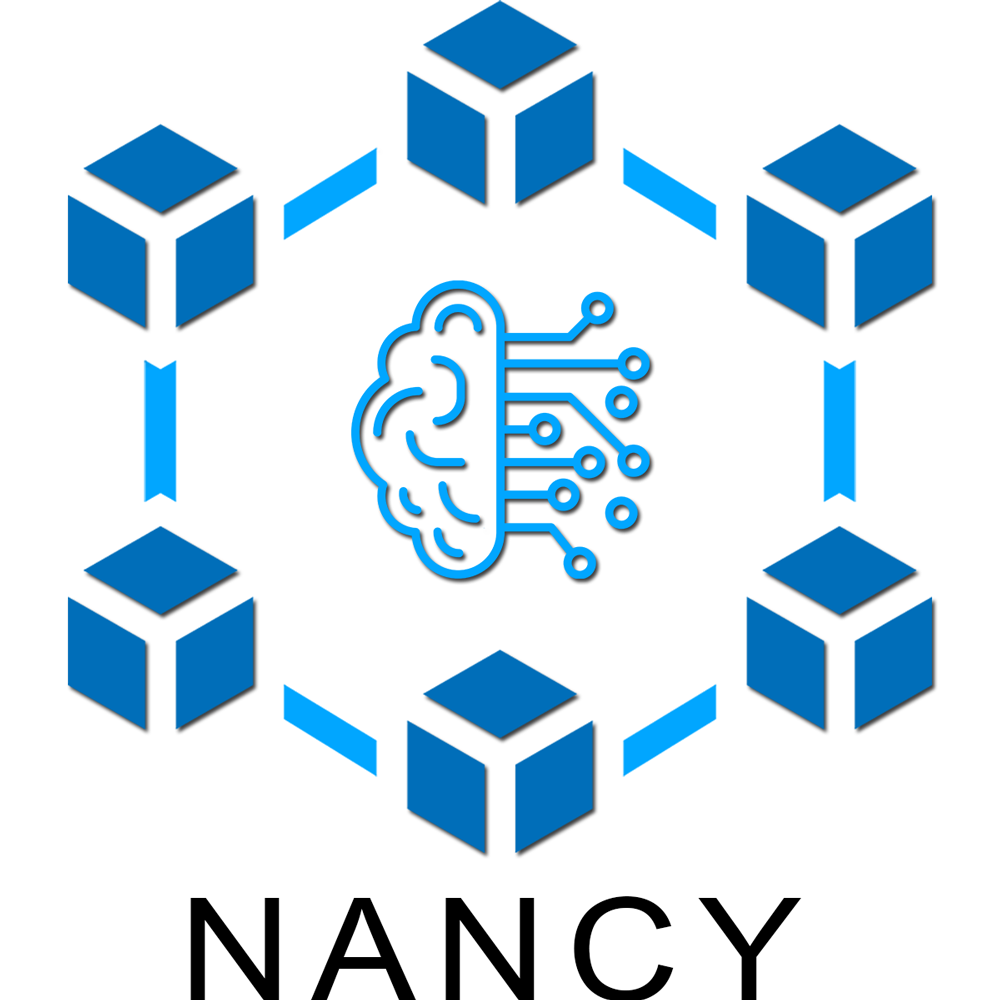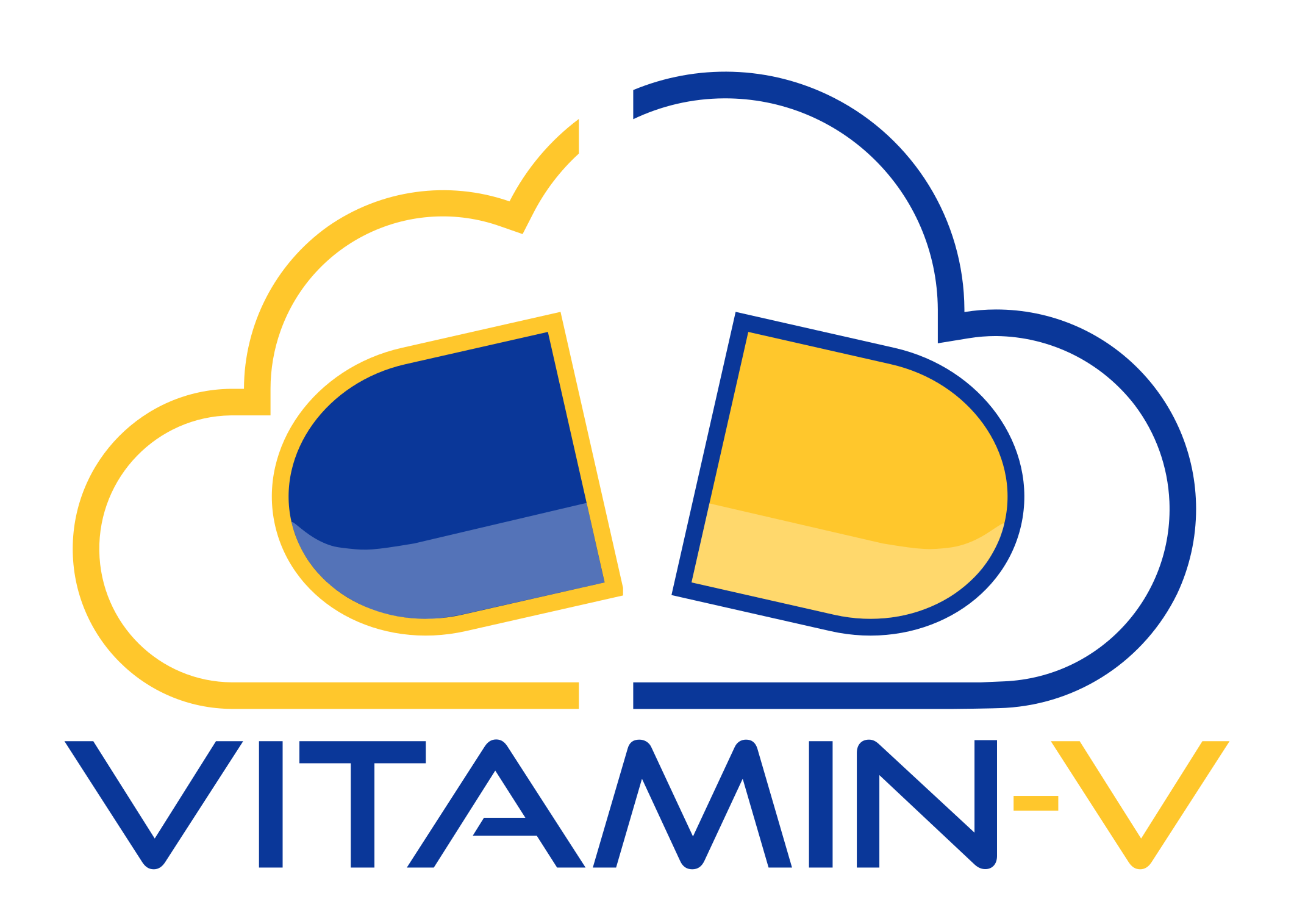Virtual Open Systems Newsletter
In this edition of the Virtual Open Systems (VOS) newsletter, we highlight relevant news and updates related to research, development and product activities in the fields of virtualization, mixed-criticality, products and consulting services.
- SATCOM Ground Space: OpenWAVE to virtualize accelerators
- Research and innovation: Application to ESA Call For Ideas
- Development services: Rare know-how for complex challenges
- Product development: vManager, a new orchestratable virtualization
- H2020: EVEREST project successfully finalized
- Horizon Europe: AERO, VITAMIN-V, NANCY projects
Software products and services for Industrial, SATCOM, Automotive, IoT, cloud SATCOM

In march 2024 IEEE-ISTO announced the creation of the Waveform Architecture for Virtualized Ecosystems (WAVE) Consortium, aiming at building a future where Satellite Communication (SATCOM) networks are built on virtualized commodity platforms, accelerated by accelerators as for example FPGAs. The first document released by the consortium (i.e., WAVE Gateway Draft Specification) references Virtual Open Systems technologies vFPGAmanager and SR-IOV Virtualization Function Framework (SVFF) as a proof of the maturity of virtualization technologies applied to FPGA accelerators. In this context, Virtual Open Systems proposes , an open source implementation of IEEE WAVE Gateway based on the company SVFF. The OpenWAVE solution targets to fill the gap between SATCOM ground systems and modern technologies like SDV, NFV, Cloud computing, and Software Defined Radio (SDR).

The European Space Agency (ESA) constantly issues Call For Ideas (CFI) aiming at gathering valuable input from the SATCOM satellite communication industry to help in establishing relevant work plans for the Advanced Research In Telecommunications Systems (ARTES) programme, targeting to timely identify and meet future satellite communication needs. Recently, Virtual Open Systems responded to the ESA SATCOM CFI to propose a new research topic for future innovation based on virtualization of the FPGA hardware accelerators in the SATCOM Ground Segment. Such solutions have to go in the direction of building an FPGA virtualization framework to easily replace and upgrade accelerators, thus creating a new open COTS-based SATCOM equipments, that addresses the SATCOM groung space segment needs with NFV/SDN architectural concepts.

Virtual Open Systems continues to deliver development services to its customers, spanning over a wide variety of market segments, such as cloud, embedded systems, telecommunication, HPC, Satcom, etc. Each of these market segments can benefit from virtualization or, in general, from a well-engineered software component capable of meeting high standards in terms of security and performance, while optimizing total cost of the solution. Virtual Open Systems likes to be challenged with complex problems that only passion and hard-to-find know-how can solve. Customers are welcome to contact us at contact@virtualopensystems.com to plan a first discussion to analize specific development needs and kick-off a successful mutual cooperation!

Virtual Open Systems has kicked-off the development activities on a new product, called vManager, a new virtualization management solution that complement the company's system partitioners, VOSySmonitor and VOSySmonitoRV. Thanks to vManager, the user is able to define and manage system partitions that are carved out from the resources available in the system. These partitions - whose isolation is enforced by the hardware via VOSySmonitor/VOSySmonitoRV - can be used as execution environments for OSes thanks to an ad-hoc API that eases their deployment. The deployment can also be controlled by an external agent, like for instance libvirt: this opens the company's system partitioners to a wide range of new use-cases not only in the embedded, but also in other market segments suche as for instance the Cloud. Thus, Virtual Open Systems can offer a new way to do "orchestratable" lightweight virtualization, with the bold intent to provide the perfect compromise between isolation, performance and flexibility.

The EVEREST project has been finalized with a successfull release of an open source software development kit aiming at accelerating Big Data and High Performance Computing applications using the FPGA. The project, worked hard to facilitate the processing of large amounts of data, and in this context Virtual Open Systems led the creation and implementation of a distributed, autotuned and virtualized runtime. Such runtime has the following key characteristics: 1) it is highly virtualized on both Arm and x86 systems thanks to solutions for SoC attached and bus-connected FPGAs and 2) it is distributed and uses an autotuning framework to split workloads and select always the most performance-optimized binary to execute.

The AERO project aims at facilitating migration of existing cloud customers to an EU-processor-based infrastructure using open-source technologies, Arm processors and hardware accelerators (GPUs, FPGAs, RISC-V DSPs). Virtual Open Systems is a member of the AERO consortium and is working on virtualization solutions for such an EU processor, porting VOSySmonitor on the Neoverse V1 and enabling the virtualization of GPU and FPGA acceleration for virtual machines. In this way, the company contribution is pivotal to enhance system performance with extensions targeting KVM, rust-vmm, and lightweight VMs. Virtual Open Systems is developing an FPGA hardware accelerated secure enclave for cloud-based processing of sensitive data, showcasing business value in space exploration and automotive use cases.

The NANCY project is now half-way through, and the first interesting results are coming to light. All the partners are working together to bring new technologies for the beyond 5G (B5G) era, while focusing on security thanks to a new block-chain-based solution on which user authentication and smart contracts will be based upon. In addition, great effort is put to reduce the processing computation overhead at the edge, while ensuring flexibility and manageability. Virtual Open Systems has worked hard for the realization of a novel virtio-based solution for bringing low-overhead, orchestratable, virtualization to the edge; as such, a demonstration about that will be showcased during the plenary meeting in Ljubljana, on the 19-20th of June 2024. Moreover, we a dissemination paper about it is in preparation, so stay tuned on Virtual Open Systems website!

The Vitamin-V project, also at its halfway point, is steadily progressing towards the realization of a virtualized environment for RISC-V, called VRISC-V, to unlock software development, verification and validation while refining the actual availability of the RISC-V cloud processor. In this context, Virtual Open Systems is at the the time of this writing focusing on the porting of rust-vmm to RISC-V. Related to this, during the last project plenary meeting held in Turin, Virtual Open Systems has already showcased the boot of a RISC-V Linux KVM guest using rust-vmm! If you are interested and want to know more about this, Virtual Open Systems hold a speech at the RISC-V EU Summit in Munich during the "Side Events & Workshops" session on Friday 28th of June 2024.
- Newsletter 2013 09
- Newsletter 2014 03
- Newsletter 2014 09
- Newsletter 2015 03
- Newsletter 2016 03
- Newsletter 2015 09
- Newsletter 2017 09
- Newsletter 2018 03
- Newsletter 2016 09
- Newsletter 2020 09
- Newsletter 2017 03
- Newsletter 2018 09
- Newsletter 2019 03
- Newsletter 2023 12
- Newsletter 2019 09
- Newsletter 2020 03
- Newsletter 2021 03
- Newsletter 2020 09 jp 日本語
- Newsletter 2022 09
- Newsletter 2022 03
- Newsletter 2021 03 jp 日本語
- Newsletter 2021 09
- Newsletter 2021 09 jp 日本語
- Newsletter 2022 09 jp 日本語

 VOSySofficial
VOSySofficial




